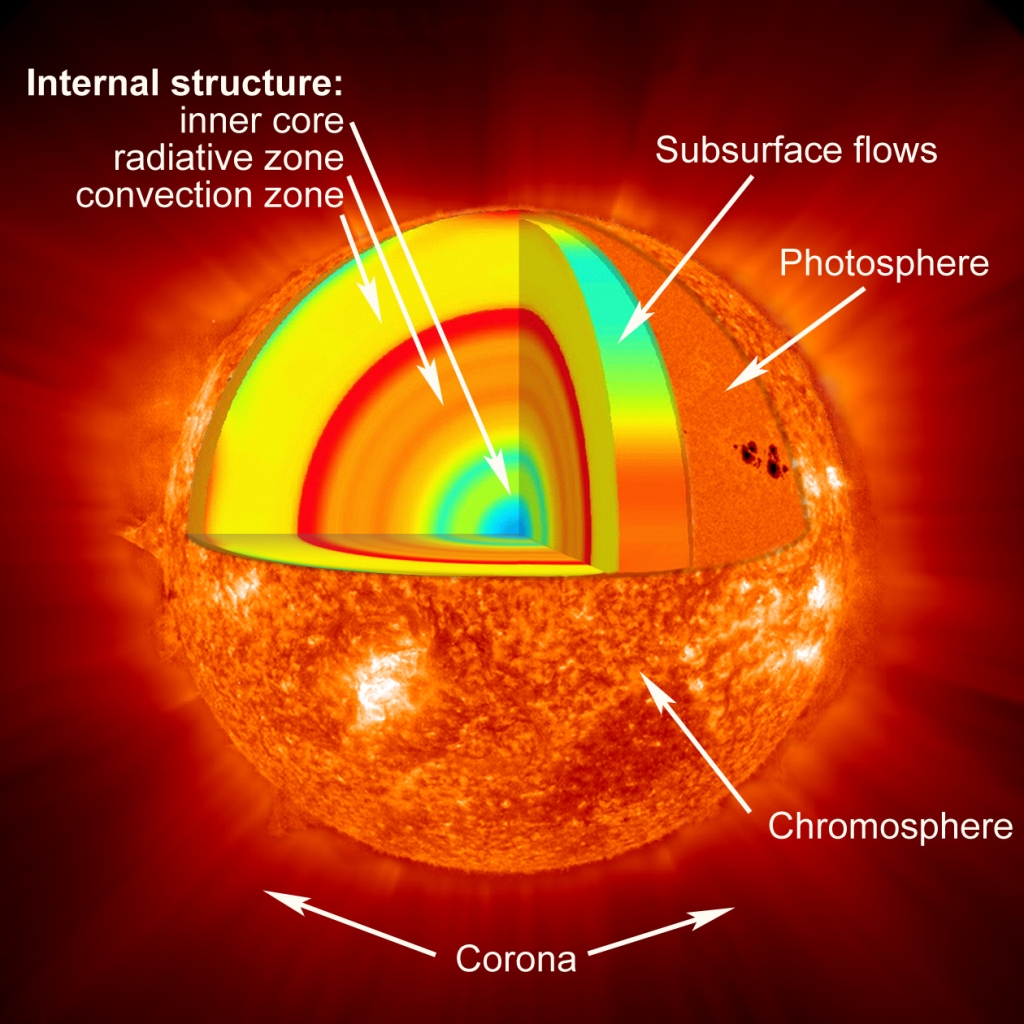
Io is one of the closest and most prominent of Jupiter’s moons. Surprisingly, Io has the most volcanic activity of any of the worlds in our solar system. Usually, people think of moons as large barren rocks (similar to our own) however, Io breaks that mold. Because Io has such a large amount of volcanoes, we know that its internal temperature must be pretty high. This high internal temperature is due to tidal heating. Jupiter exerts a great tidal force on Io due its large mass. This large tidal force added to the fact that Io’s orbit around Jupiter is somewhat elliptical means that the size and orientation of Io’s tidal bulges are constantly changing. The changing in these tidal bulges causes Io to experience a lot of internal friction, which is what makes Io have a very hot interior. Not only is Io’s internal temperature what makes it interesting, the fact that it has a slightly elliptical orbit adds to its uniqueness. Typically, a moon or other large body of Io’s size would have a nearly circular orbit. However, due to the gravitational tug between Io and Jupiter’s other large moons, Io is moved into an elliptical orbit.




You must be logged in to post a comment.